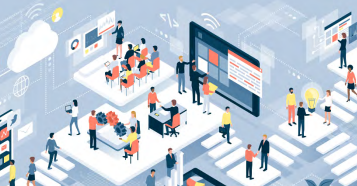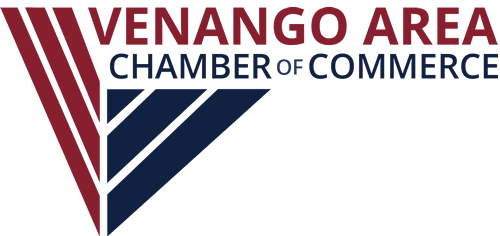By Pam Watkins, Watkins HR Strategy

Recently I was asked, “What is going on with the labor pool in our country? We can’t find any qualified applicants.” I answered with some key points about our current labor force that I believe are impacting workforce challenges:
• Baby Boomers are retiring every day. Some are retiring earlier than predicted. When they leave your organization, the “tribal knowledge” goes with them.
• The pandemic impacted the labor market. There are individuals that are not back to work in full-time capacities. Those that are, may have reset their priorities and want job flexibility including hybrid options.
• The U.S. birth rate has been declining since 2007. This leaves us with less people to fill the gaps that are open by those exiting the workforce. You can find additional information on the annual percent change in the U.S. Population from 1990-2021 by looking at the U.S. Census.
• In my professional opinion, we have, for the past few decades, also focused too heavily on formal degree programs and not enough on trades and technical education. We are feeling the effects of this now as manufacturers struggle to find skilled employees.

In summary, the workforce skill gap is widening. Employer staffing needs are growing. Add to that inflation, and a myriad of other culture-related concerns, and we are in about to be swept up in the “perfect storm.”
My advice for employers who want to harness workforce potential is to ensure that strategy, communication and training and development are at the top of your strategic plan list for 2023. Get ahead of the storm. Strategize, communicate, and train your workforce for the future.
Pam Watkins is an HR expert and owner of Watkins HR Strategy.
For more information, visit watkinshrs.com.
This article was published in the Venango Chamber’s October 2022 VenangoWorks! Newsletter.
